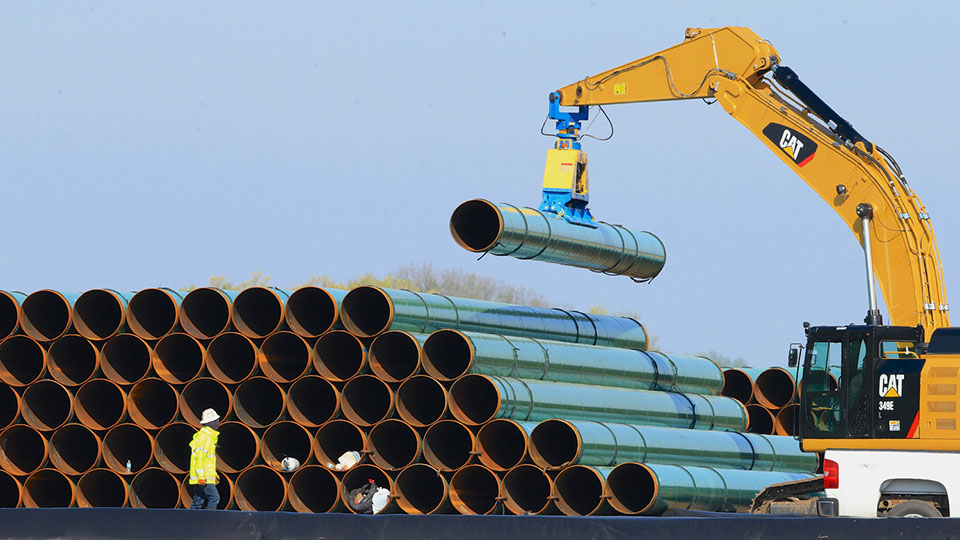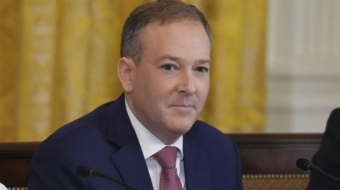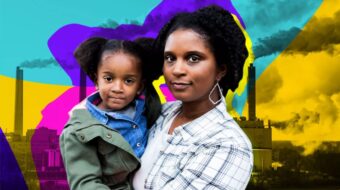
It’s been several months since the last of the Water Protectors packed up and left the Oceti Sakowin Camp in Standing Rock, North Dakota. For almost ten months, the Water Protectors stood their ground at the popup protest site, where indigenous communities and environmental activists gathered to fight back against the construction of the Dakota Access Pipeline. Despite the extended divestment campaign against financial sponsors, and continuous run-ins with militarized police forces, the Trump administration ultimately approved the final permit for the construction of the pipeline infrastructure.
In the conversation surrounding the #No DAPL movement, a number of environmental specialists raised serious concerns about the continuation of the pipeline. According to Inside Climate News, in August of 2016, Senior officials at the U.S. Environmental Protection Agency and two other federal agencies raised environmental and safety objections to the North Dakota section of the controversial Dakota Access oil pipeline. They were not the first, as Native tribes have long protested the systemic contamination of their communities, and have suffered from industrialized pollution. Similarly, when it came to build the Dakota Access Pipeline, the Standing Rock Sioux and Cheyenne River Tribe argued that the pipeline impeded on land that was rightfully theirs, under the Treaty of Fort Laramie of 1851.
Despite not yet being fully operational, the impending pipeline has already managed to leak; thus affirming the growing apprehension of water protectors. According to government regulators, the pipeline has spilled an estimated 84 gallons of crude oil at a South Dakota pump station. This news, while disturbing, comes as no shock to the indigenous communities, and conservationist organizations that had vigorously fought against the initial development of the structure. Though the damage was said to be “relatively minor,” according to an environmental scientist with the South Dakota Department of Environment and Natural Resources, it speaks to the ineffectiveness of crude oil pipelines as a sustainable infrastructure.
Additionally, Energy Transfer Partners, the chief sponsor for the Dakota Access Pipeline, continues its track record of violating environmental protection regulations. In the middle of February they began construction on the new Rover Pipeline; a project which resulted in 18 incidents involving “mud spills from drilling, stormwater pollution and open burning that violated the Clean Air Act.” These incidents have been closely monitored by environmental protection groups and led to an announcement Thursday morning by federal officials that they would be halting drilling activity. According to The Columbus Dispatch, the Federal Energy Regulatory Commission sent a letter on Wednesday prohibiting Texas-based Rover Pipeline from any new drilling activities until the company complies with new measures and receives authorization.
For many years there has been a push to fund alternatives to crude oil; these include wind, nuclear, and solar power; as well as cheaper but still environmentally toxic biodiesel, bioalcohol (methanol, ethanol, butanol), refuse-derived fuel, chemically stored electricity (batteries and fuel cells), hydrogen, non-fossil methane, non-fossil natural gas, vegetable oil, propane and other biomass sources. However, so long as the fossil fuel industry continues to be highly profitable for corporations and shareholders, there will be a constant pushback to more sustainable forms of energy. Until then, environmentalists continue to challenge others not to allow the movement against the ‘black snake’ to fade.










